Singly Reinforced Vs Doubly Reinforced Beam
Important Point
The beam can be defined as a structural member that carries all vertical loads and resists bending. There are several types of materials used for beams, such as steel, wood, fibers, etc. But the most common material is reinforced concrete
Reinforced Beam
The loads carried by a beam are transferred to walls, columns, or beams, which transfer the force to adjacent structural compression members.
Simply supported, mainly two types are described below
- Singly Reinforced Beam
- Doubly Reinforced Beam
Also, read: What Is Plinth | What Is Plinth Protection | Purpose of Plinth Protection
What Is Singly Reinforced Beam?
The beam that is longitudinally reinforced only in tension zone, it is known as a singly reinforced beam. In Such beams, the ultimate bending moment and the tension due to bending are carried by the reinforcement, while the compression is carried by the concrete.
But it is not possible to provide reinforcement only in the tension zone, because we need to tie the stirrups. Therefore, two rebars are used in the compression zone to tie the stirrups, and the rebars act as false members only to hold the stirrups.
Also, read: WPC Board | Features of WPC Board | Disadvantages of the WPC board | Usw of WPC
What Is Doubly Reinforced Beam?
The doubly reinforced beams have compression reinforcement in addition to the tension reinforcement, and this compression reinforcement can be on both sides of the beam (top or bottom face), depending on the type of beam, that is, simply supported or cantilever, respectively.
The beam that is reinforced with steel in the tension and compression zone is known as the doubly reinforced beam. This type of beam is provided mainly when the depth of the beam is restricted. If a beam with limited depth is reinforced only on the tension side, it may not be strong enough to withstand the bending moment
The resistance moment cannot be increased by increasing the amount of steel in the stress zone. To increase, the beam is reinforced, but not more than 25%, on the tensioned side.
Thus, a doubly reinforced beam is provided to increase the strength moment of a beam with limited dimensions. Steel reinforced beams in compression and tension zones are called doubly reinforced beams.
This type of beam will be considered necessary when, due to the consideration of headroom or architecture, the depth of the beam is restricted.
The beam with limited depth, if reinforced only on the tension side, may not have enough moment of resistance to resist the moment of bending.
By increasing the amount of steel in the stress zone, the resistance moment cannot be increased indefinitely. Normally, the resistance moment can be increased by no more than 25% over the balanced resistance moment, making the beam reinforced on the tension side.
Therefore, to further increase the strength moment of a beam section of unlimited dimensions, a doubly reinforced beam is provided.
In addition, this doubly reinforced beam is also used in the following circumstances:
- External living loads can alternate; that is, they can occur on either side of the limb. For example:
- A stack can be lifted in such a way that the tension and compression zones can
- The load can be eccentric, and the eccentricity of the load can change from one side of the axle to the other side.
- The limb may be subjected to a shock or impact or accidental lateral impulse.
Also, read: Brick Masonry | Types of Bricks | Types of Brick Masonry Work
Difference Between Single and Doubly Reinforced Beam
- For a beam, it is necessary to provide reinforcement (steel bars) in the compression and tension zone.
- In a beam, if the reinforcement is only in the stress zone, it will be called the Singly Reinforcement Beam, and if the reinforcement is in the Tension and Compression zone, it will be called the Doubly Reinforced Beam.
- In both cases, there will be a rod in the tension and compression zone. This is because it is not possible to form a beam structure without stirrups.
- To keep the stirrups in a standing position, it is necessary to place two reinforcements in the compression zone of the reinforced beam singly.
- However, these two never carry or carry loads on your body, and it is only fictional.
- In a beam, the upper section is called the compression zone, and the lower section is called the stress zone.
- It is used when the section has to resist moment Rbd2. While it is used when the section has to resist a moment greater than the Rbd2.
Also, read: What Is Contour Interval | Calculation of Contour Intervals | Uses of Contour Intervals in Surveying
Why We Provide Doubly Reinforced Beams?
This type of beam is provided mainly when the depth of the beam is restricted. If a beam with limited depth is reinforced only on the tension side, it may not be strong enough to withstand the bending moment.
In order to increase the load capacity of the section moment. The limb is subjected to a shock or impact or accidental lateral impulse. A doubly reinforced beam is provided to increase the strength of a beam with limited dimensions.
Minimal compression reinforcement is provided to keep the shear reinforcement (stirrups) in position and increase the ductility of the beam. For safety reasons, we always provide a doubly reinforced beam to combat wind forces, seismic forces, and temperature stresses.
The Procedure of Singly Reinforced Beam Design
1. Calculate the value of N using the formula provided:
[Were N = AxixConstant neutral critical.]2. Using this method below to find the value of J.
Where J is known as Lever arm constant
3. Determine the moment of the resistance coefficient
4. Select the appropriate width (b) and compare the bending moment and the resistance moment with sufficient depth for that section.
5. Calculate the value of At using the formula provided
Where At = Area of elastic steel.
T = permissible tensile stress in steel.
For a specific section of the beam, it is necessary to apply reinforcement (steel bars) in the compression and tension zone.
If the reinforcement is only in the tension zone, it will be called Single Reinforcement Beam, and, on the other hand, if the reinforcement is in the Tension and Compression zone, it will be called Doubly Reinforced Beam.
In both cases, there will be a load in the tension and compression zone. This is because; it is not possible to discover a beam structure without stirrups.
To keep the stirrups in their upright position, it is necessary to place two reinforcements in the compression zone of the reinforced beam singly. However, these two never carry or carry loads on your body, and this is just false.
In a beam, the upper section is called the compression zone, and the lower part is called the stress zone.
Also, read: Mortar Vs Cement | Type of Cement | Type of Mortar
Information About RCC Beams:
RCC beams are constructed with reinforced cement concrete using reinforced bars. Where the beams resist traction and compression, it adds rigidity to the structure.
The beams usually manage vertical gravitational forces, but they can also be used to deal with horizontal loads (that is, loads placed due to wind and an earthquake).
The loads carried by the beam are movable for walls, columns or beams, which transfer the force to the adjacent structural compression members. In the construction of the light board, the beams rest on the beam.
The Procedure for Doubly Reinforced Beam Design
1. Determine the limit moment of the resistance.
Mu Lim = 87.fy.Astl.d [1 – 0.42 Xu max]
2. If the Mu> Mu Lim factored moment, it is necessary that the doubly reinforced beam be designed for an additional moment.
Mu – Mu lim = fsc.Asc (d-d’)
3. Additional Ast2 tensioned steel area
Ast2 = Asc.fsc / 0.87fy
4. Total tension-steel
Ast, Ast = Ast1 + Ast2
Advantages of Doubly Reinforced Beam
- Compression steel helps in reducing the beam’s long-term deflection.
- The doubly reinforced beam is economical as contrasted to singly reinforced beams.
- The doubly reinforced beam has steel in tension and compression zone to reduce the section’s deflection. It increases the section’s rotation capacity.
- Compression steel and tensile steel increase the section’s flexibility; hence, the doubly RCC section is always used in earthquake-prone areas.
Singly Reinforced Beam
The beam that is longitudinally reinforced only in tension zone, it is known as singly reinforced beam. In Such beams, the ultimate bending moment and the tension due to bending are carried by the reinforcement, while the compression is carried by the concrete.
Why Do We Provide Singly Reinforced Beam?
The beam that is longitudinally reinforced only in tension zone, it is known as singly reinforced beam. In Such beams, the ultimate bending moment and the tension due to bending are carried by the reinforcement, while the compression is carried by the concrete.
What Is the Difference Between Singly Reinforced Beam and Doubly Reinforced Beam?
A Singly reinforced beam holds a steel bar in the tension zone, but in doubly reinforced beams, steel bars are given in both zones, tension, and compression. While in the doubly reinforced beam, compression steel resists compressive stresses and constitutes the addition moment of resistance.
Why We Use Doubly Reinforced Beam?
Doubly reinforced beam is provided to increase the moment of resistance of a beam having limited dimensions. Minimum compression reinforcement is provided to hold the Shear Reinforcement (stirrups) in position and for increasing the ductility of beam.
Why Do We Use Stirrups in Beams?
Stirrups are placed at proper intervals to beams to prevent them from deformation/shear failure of beam. This is done to prevent shear failure which is usually diagonal in case of cracks in beams. Steel rebar are stronger than stirrups. However, often it is seen that stirrups are used along with rebar.
Singly Reinforced Vs Doubly Reinforced Beam
A Singly reinforced beam holds a steel bar in the tension zone, but in doubly reinforced beams, steel bars are given in both zones, tension, and compression. While in the doubly reinforced beam, compression steel resists compressive stresses and constitutes the addition moment of resistance.
Doubly Reinforced Beam
The doubly reinforced concrete beam design may be required when a beam’s cross-section is limited because of architectural or other considerations. As a result, the concrete cannot develop the compression force required to resist the given bending moment. In that case, steel bars are added to the beam’s compression zone to improve it at compression.
Difference Between Singly and Doubly Reinforced Beam
A Singly reinforced beam holds a steel bar in the tension zone, but in doubly reinforced beams, steel bars are given in both zones, tension, and compression. In singly reinforced beam compression, stress resists by the concrete, while in doubly reinforced beam compression steel, counters the compression stress.
Singly Reinforced Beam and Doubly Reinforced Beam
A singly reinforced beam is a structural element commonly used in construction to support loads and resist bending. It is a type of reinforced concrete beam that incorporates reinforcement in the form of steel bars to enhance its strength and ductility.
Double Reinforced Beam
A reinforced concrete beam with steel reinforcement both in tension and compression zone is called a doubly reinforced beam.
Define Doubly Reinforced Beam
Doubly reinforced beams are commonly used in situations where the bending moments are significant, and the beam needs to support larger loads or have a longer span. They are often employed in structures such as bridges, tall buildings, and heavy industrial constructions where the structural elements are subjected to high stress and require additional reinforcement to ensure their stability and durability.
Advantages of Doubly Reinforced Beam
It increases the section’s rotation capacity. Compression steel and tensile steel increase the section’s flexibility; hence, the doubly RCC section is always used in earthquake-prone areas. Compression steel helps in reducing the beam’s long-term deflection.
Lever Arm in Rcc
The lever arm is the perpendicular distance between the line of action of the couple forming compressive and tensile force in a Reinforced concrete section. The lever arm plays a vital role in the calculation of the moment of resistance, maximum and minimum reinforcement ratios, etc.
Doubly Reinforced Section
The additional moment of resistance is carried by providing compression reinforcement and additional reinforcement in tension zone. Therefore the section which is reinforced with longitudinal reinforcement in both tension and compression zone is known as doubly reinforced section.
Doubly Reinforced Beam Is Used When
It is not possible to increase the depth of the beam due to architectural or headroom restrictions. To reduce the long-term deflections due to shrinkage.
Analysis of Singly Reinforced Beam
- Determine External Loads
- Calculate Reactions
- Calculate Internal Forces
- Calculate Stresses
- Determine Beam Deflections
Differentiate Between Singly and Doubly Reinforced Beams
Singly reinforced beams have reinforcement on the tension side only, while doubly reinforced beams have reinforcement on both the tension and compression sides. Doubly reinforced beams are used when higher strength and load-carrying capacity are required, while singly reinforced beams are suitable for lower bending moments.
Where Singly Reinforced Beam Is Used?
The singly reinforced beam is suitable when the moment of resistance of the balanced reinforced concrete beam of dimension b × d is Rbd2. Concrete has significant compressive strength and minor tensile strength.
Single Reinforcement
Single reinforcement: Reinforcement placed on one side (tension side) of a structural element to enhance its strength against bending and tension forces.
Doubly Reinforced Beam Definition
A doubly reinforced beam is a type of reinforced concrete beam that incorporates reinforcement on both the tension and compression sides to enhance its strength and load-carrying capacity. It includes steel reinforcement on both the bottom (tension) and top (compression) faces of the beam to resist bending moments, tensile forces, and compressive forces more effectively. This additional reinforcement on the compression side helps to control cracking and increase the beam’s overall strength and stiffness. Doubly reinforced beams are commonly used in situations where higher loads, longer spans, or increased structural stability are required.
Like this post? Share it with your friends!
Suggested Read –
- tar vs bitumen
- Reinforced Bricks
- H Beam Vs I Beam
- Three Force Member
- What Is Admixture | Types of Admixtures
- Ductility Test of Bitumen | Three Different Methods of Ductility Testing
- What Is Slump Cone Test | Principle of Slump Test | Types of Concrete Slump
- What Is Granolithic Floors | Construction Method | Advantages аnd Disadvantage
- Methods of Design | Difference Between Working Stress Method and Limit State Method
- Mivan Shuttering | Merit & Demerit Mivan Technology | Mivan Formwork Assembly Process
Originally posted 2023-05-30 13:26:08.
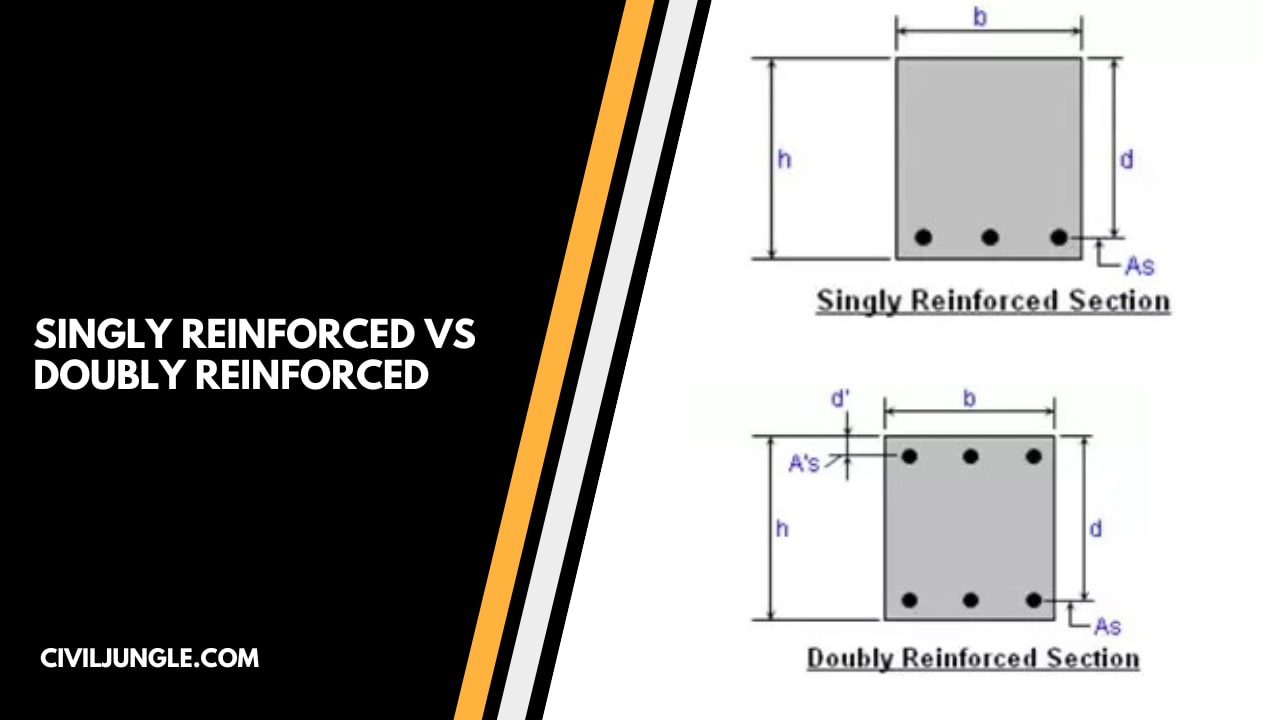
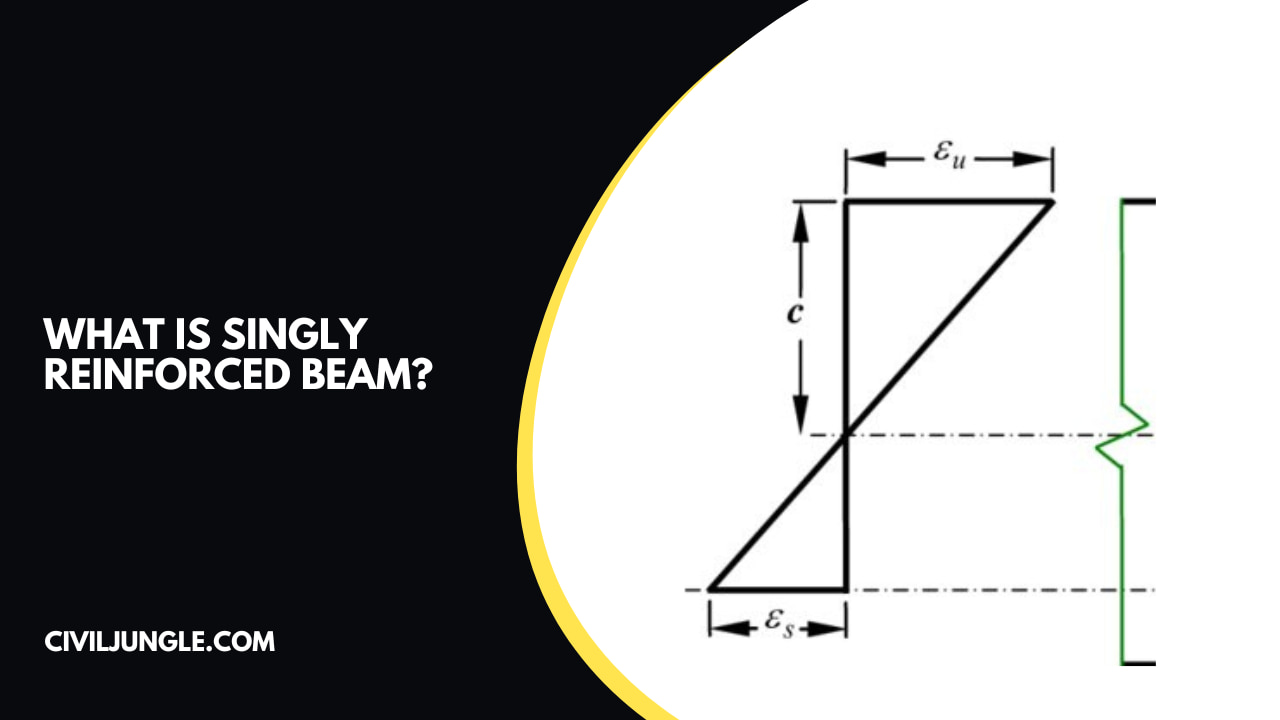
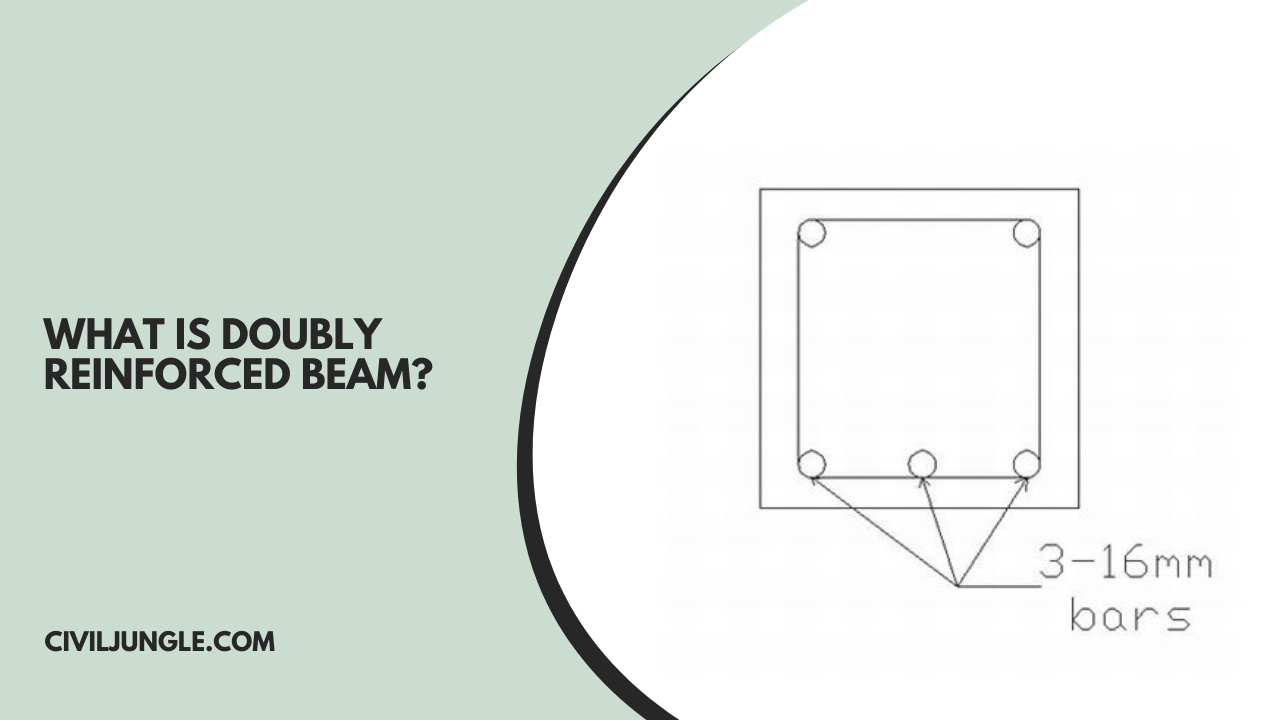
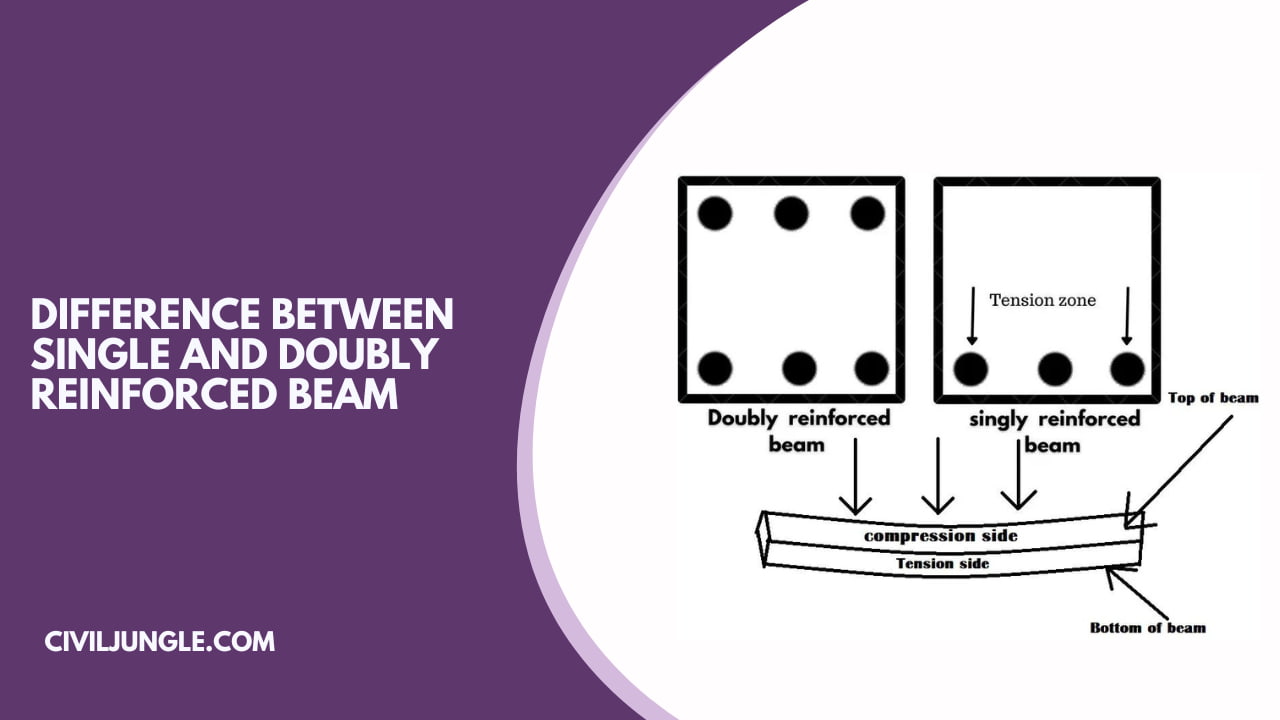
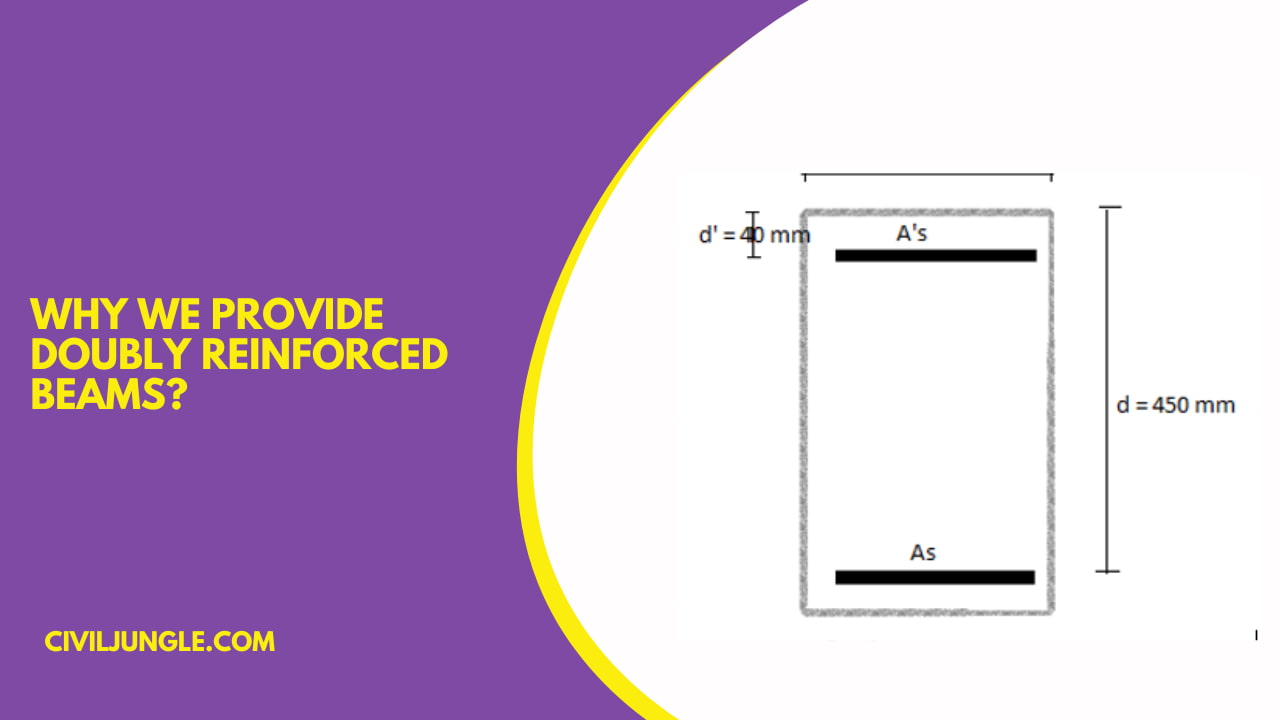
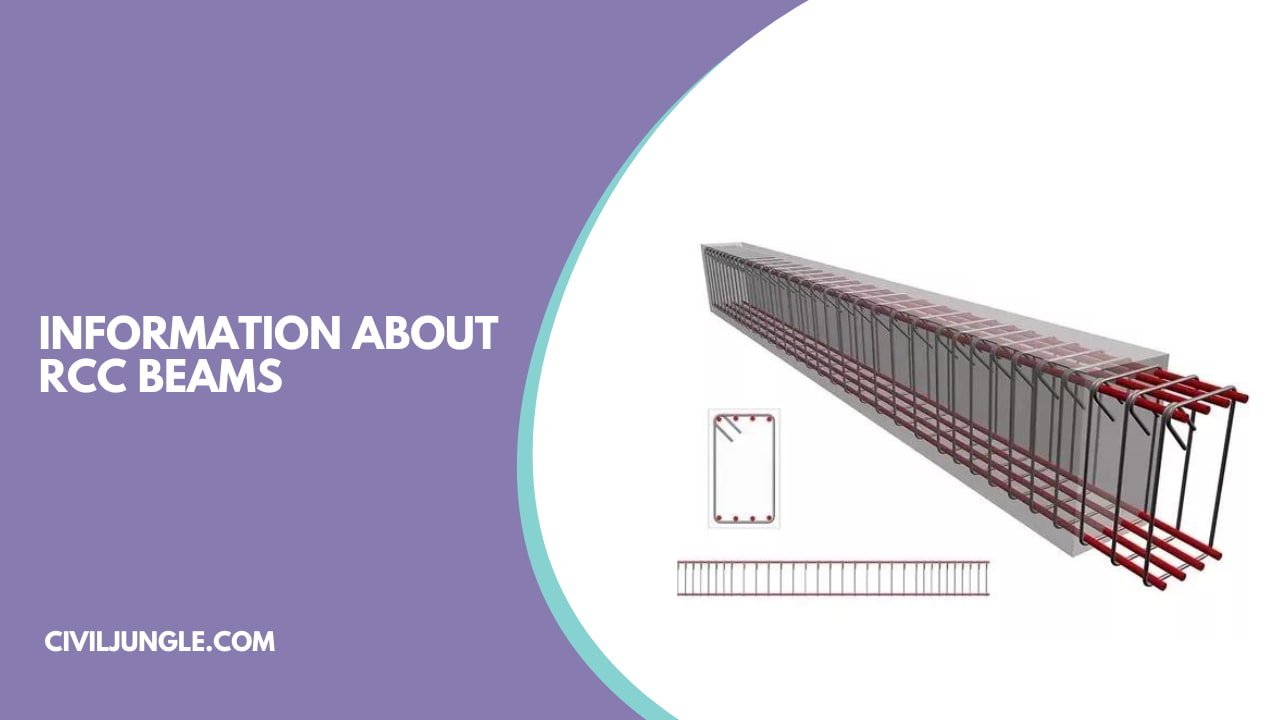
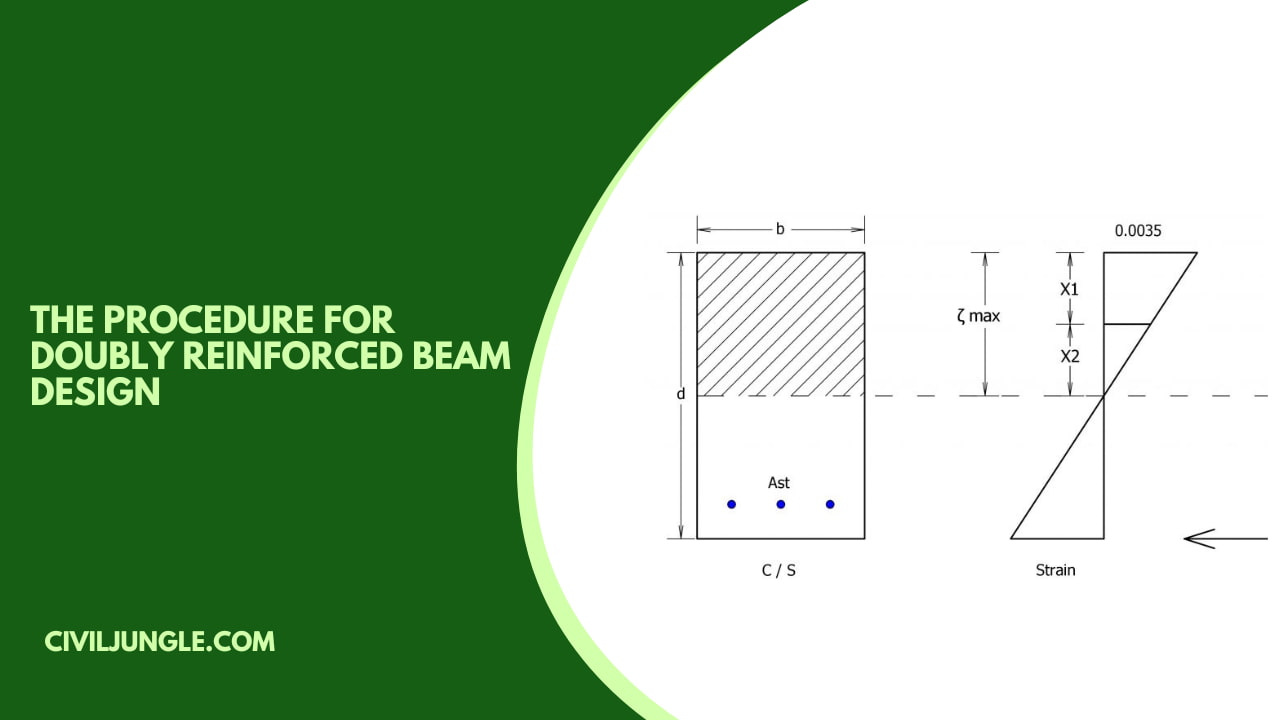
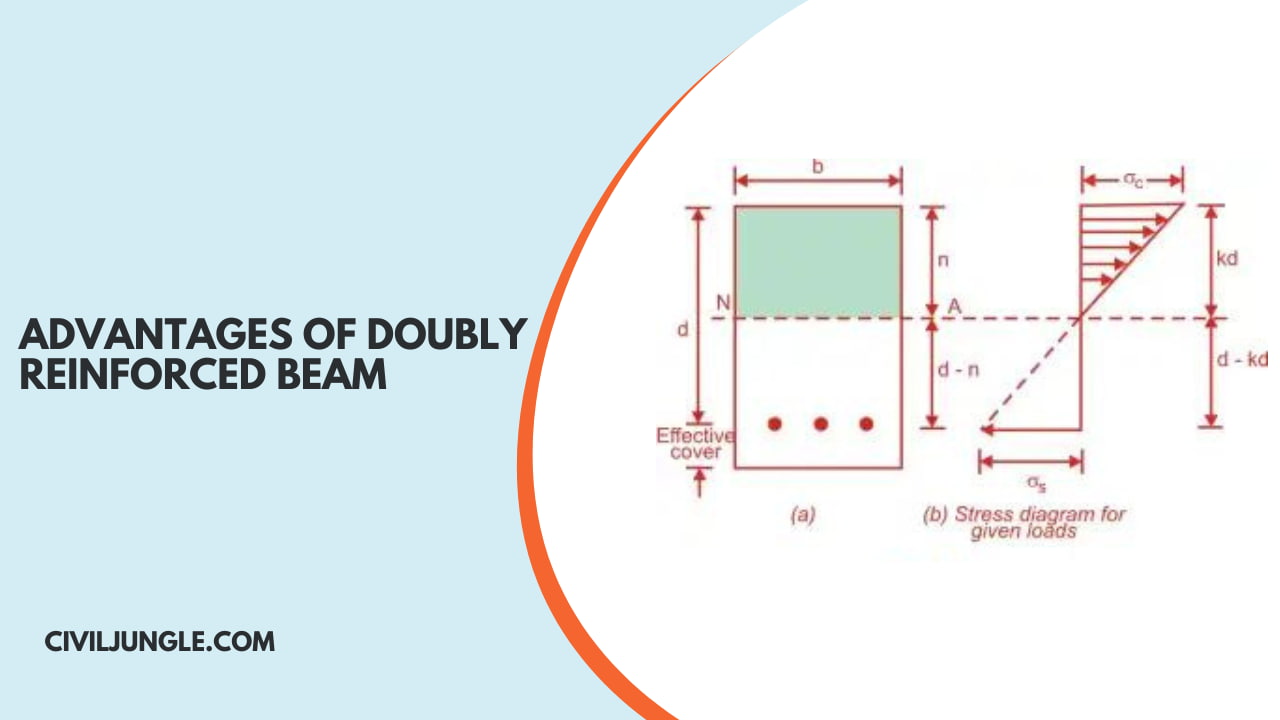

Leave a Reply